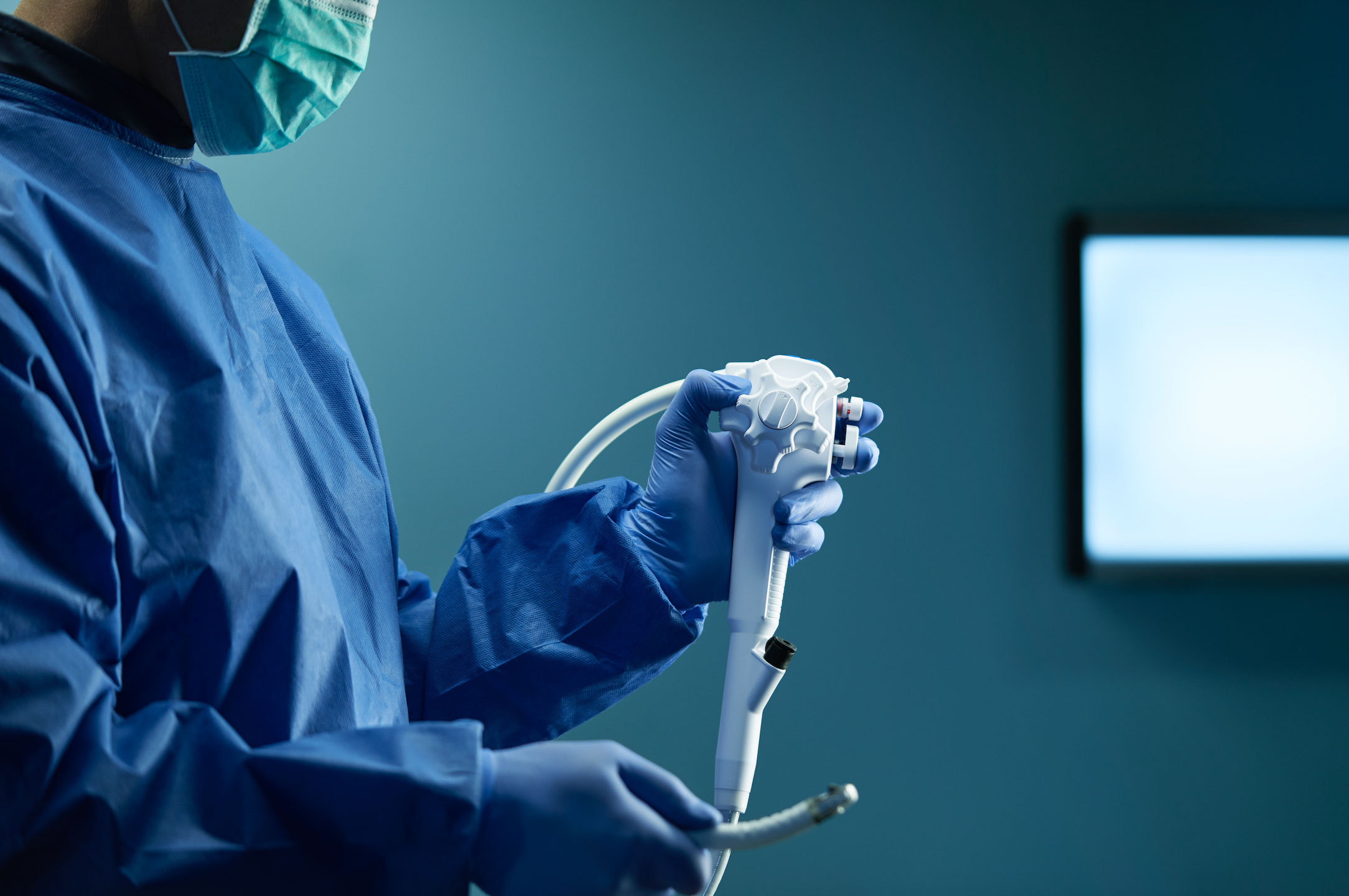
Single-use duodenoscopes will be the norm for endoscopic retrograde cholangiopancreatography (ERCP) in the not-so-distant future.
That's according to a three-physician panel featured in a discussion hosted by EndoscopyNow and sponsored by Ambu Inc.
“I do believe that, ultimately — whether it’s five, 10, 15 years from now — we probably will all be using single-use devices or endoscopes,” said Dr. Todd Baron, the director of advanced therapeutic endoscopy at University of North Carolina, Chapel Hill. “I think it’s going to get there. I can’t predict how quickly.”
The panel discussion, which took place in early April and is now available to watch on demand, featured Baron with Dr. Doug G. Adler of the Center for Advanced Therapeutic Endoscopy in Denver and Dr. David R. Lichtenstein of Boston University School of Medicine.
“I think legacy duodenoscopes, the scopes we are all using and that I’m using every day, one way or the other will be a thing of the past,” Adler said. “Everybody is very highly motivated to eliminate these infectious transmission events.”
All three physicians on the panel have performed ERCPs with the Ambu aScope Duodeno which received U.S. Food and Drug Administration (FDA) 510(k) clearance in July 2020.
Single-use duodenoscopes don't need to be reprocessed, eliminating any chance of patient-to-patient infection. Those infection prevention benefits were discussed at length by the panel, but they also emphasized the novel aspect of the technology in the GI space. Single-use technology is new to the GI suite and the panel explored scope performance, design, and the potential for single-use endoscopes in other gastroenterology procedures.
Limited published clinical data exists documenting the performance of single-use duodenoscopes. There's also some hesitancy in the field around how single-use devices perform in complex cases.
Adler, Baron, and Lichtenstein all said they did not pre-select patients for their clinical trials of the aScope Duodeno and said the device performed well — though more data will be needed to determine its use in cases with complex maneuvering and difficult positioning.
Related: Watch Dr. Todd Baron discuss the performance of the aScope Duodeno.
"My overall level of satisfaction was high to the extent that it was better than I had even expected for the first time I had put my hands on any disposable scope for a GI procedure," said Lichtenstein. "What I didn’t do was altered surgical anatomy procedures or any complex pancreatic disorders with the scope…I am optimistic that it can do the vast majority or overwhelming majority of ERCPs that are necessary. But, there’s probably a select few where it’s probably still a requirement to have the backup of the reusable duodenoscope, though that may not be necessary with future advances and iterations of the aScope."
One single-use benefit explored by the panel is the ability of the design to evolve more quickly than devices that cost tens of thousands of dollars and are designed to last for years.
"We’ve already seen modifications since the summer of 2020 based on operator experience and user feedback," said Adler. "I mean, that’s amazing in terms of response rate."
When these three advanced endoscopists were training and doing fellowships, most endoscopy accessories were reusable — indeed, the doctors shared stories of using instruments until they broke. But, over the last decade, there has been a steady shift to disposable accessories in GI endoscopy.
Now that there are single-use duodenoscopes available, will all GI endoscopes go the same route?
"We’re probably at the very tip of what’s happening in terms of the momentum," Baron said. "And I don’t know how rapid the adoption and the acceleration is going to be."
Added Adler: "This is not a static marketplace. There’s a lot of vendors in this space and there’s a lot of different technologies. I think it’ll be interesting to see… I think time will tell."
To watch a full replay of the panel discussion, click here.


